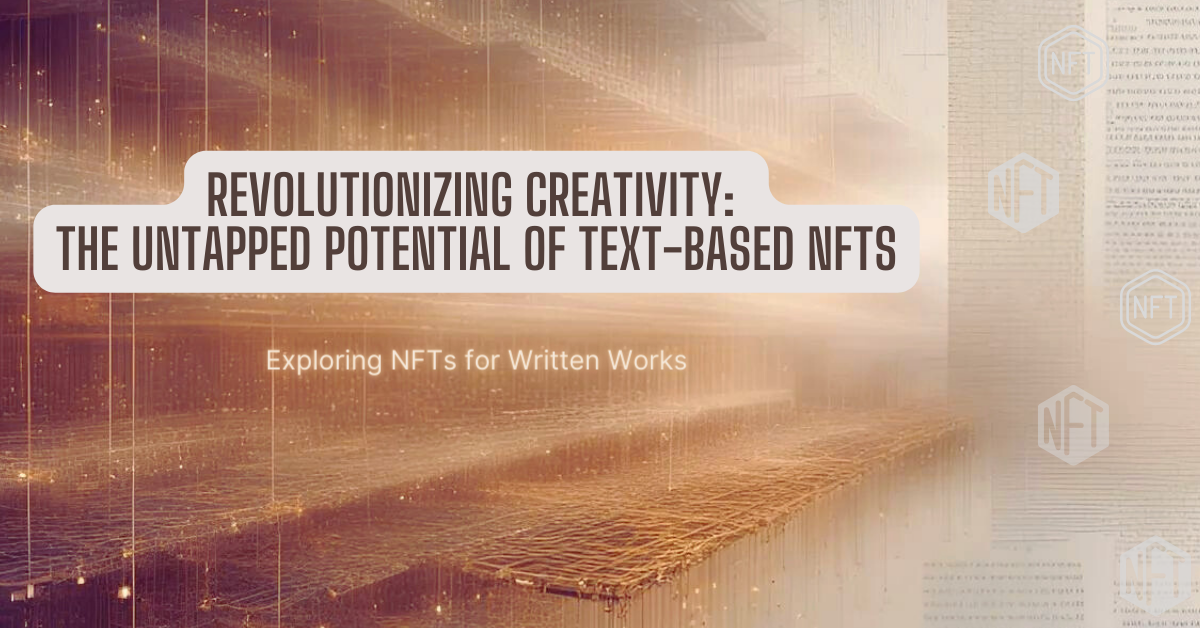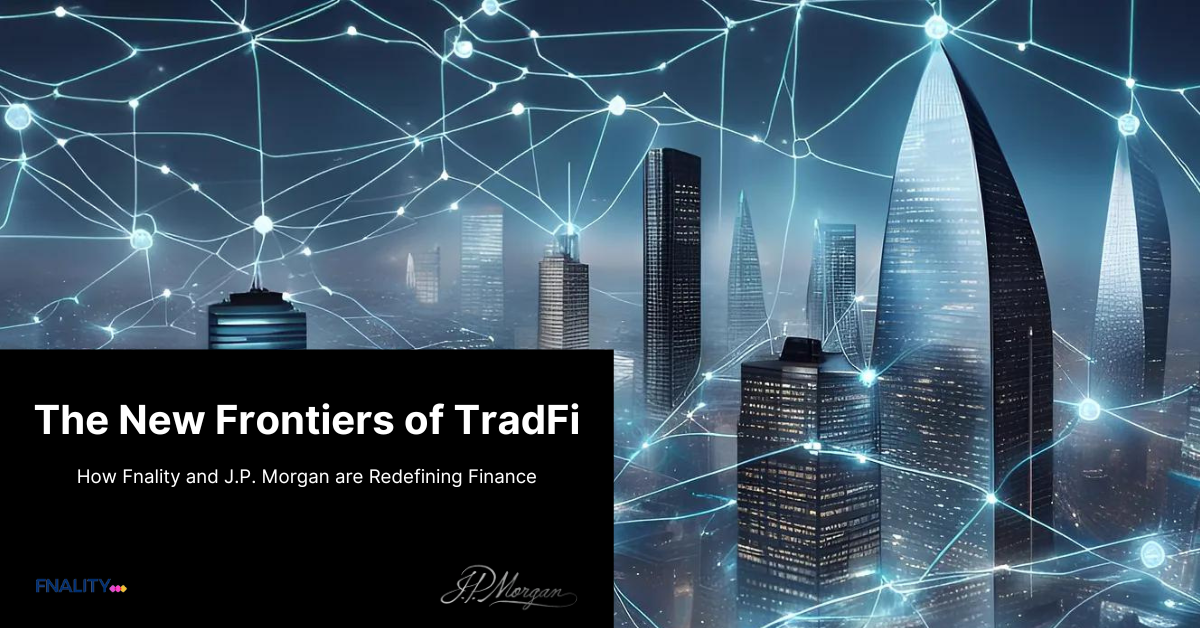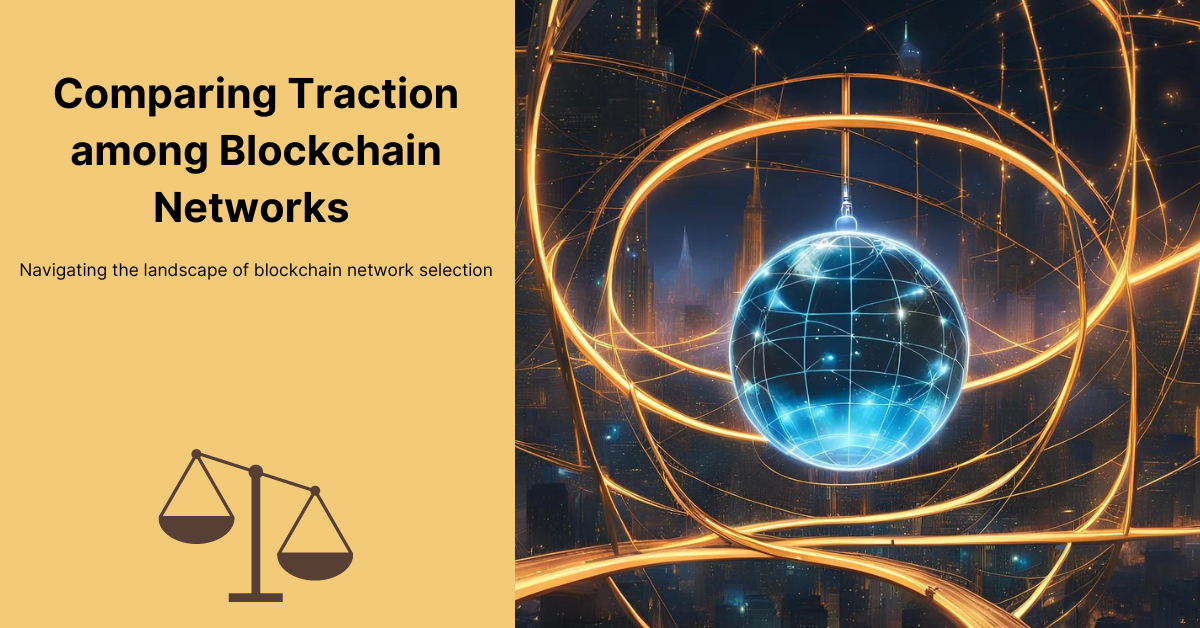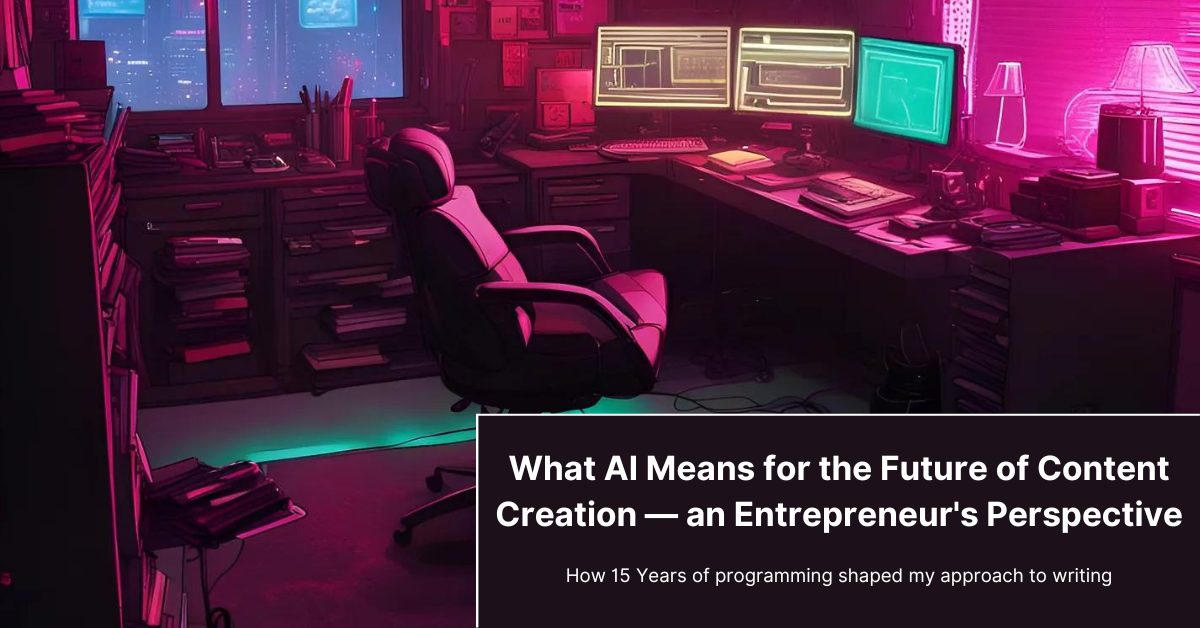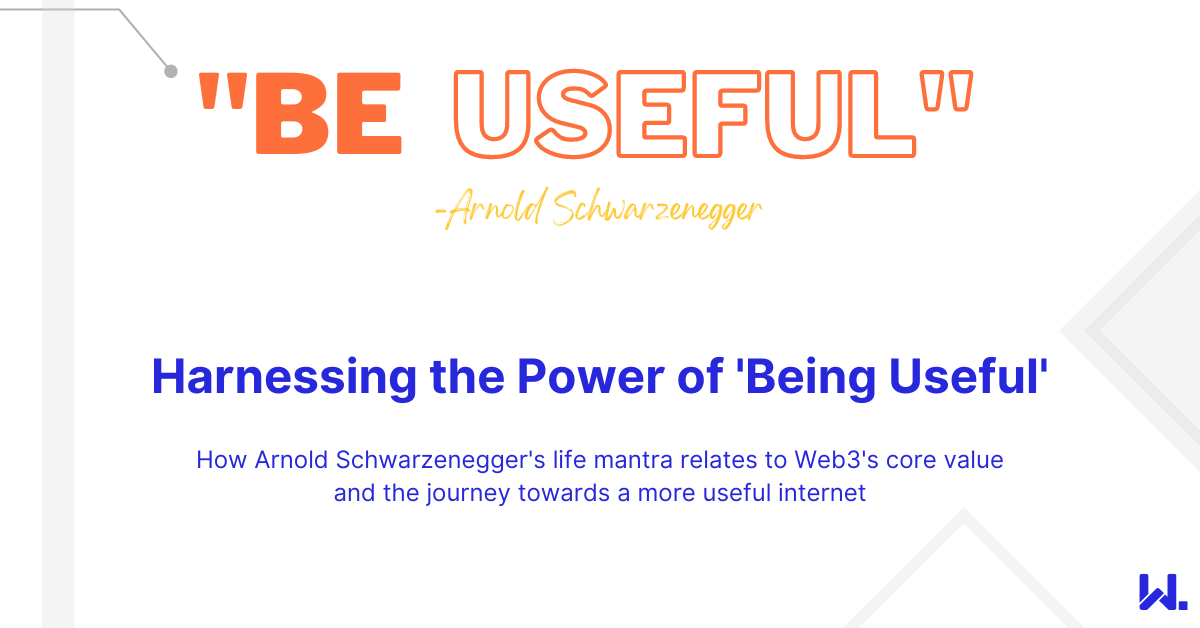Revolutionizing Creativity: The Untapped Potential of Text-Based NFTs
This is a post that I wrote back in 2021 at the height of the NFT mania. The essence of it still holds true in my mind which is why I decided to share it this week. Some of the projects mentioned may have burned (such as Jack Dorsey’s tweet), but the idea still resonates with me.
NFTs still need to mature to the point where when you say NFT, people don’t think about frothy overpriced JPG images, but instead a digital asset that represents something tangible. Writing is probably not exciting enough to provide that change, but it’s fun to think about what could be done, as I unpack below.
The internet is awash with ideas and information that people communicate in text and visual formats, and we saw a huge explosion in 2021 of NFTs for digital art spanning pixelated images such as Nyan Cat at one end of the spectrum to Beeple’s Everydays: The First 5000 at the other.
But something that has yet to be popularised is NFTs for the words people have written on a page. Stephen King said that writing is the purest form of art—you are trying to capture thoughts in your head and externalise them in prose before they vanish back into the neural pathways from wherever they came, potentially gone forever. This leads me to question why anyone isn’t already doing this.
Text in the written form could nicely lend itself to NFTs of:
-
articles
-
poems
-
short stories
-
novels
-
ideas
There is already an incredibly buoyant market for first editions of books, so surely there are collectors who would be interested in owning the first manuscript of books by well-established authors.
Even more powerfully, when someone has what they believe to be a breakthrough or innovative idea, why not create an NFT of this thought on the page? In some respects this is analogous to creating a trade mark or patent, but without the need to work with a third party. Someone can simply capture their idea, create an NFT of it, and then forevermore prove that they were the first person to capture the idea.
There have been some related ideas for text-based NFTs that are being created. Jack Dorsey, co-founder and CEO of Twitter sold an NFT of his first ever Tweet recently for $2.9m, which was signed by him virtually with his private key. Also, Ethereum developer Nick Johnson has started creating Amulets which are short (64 characters or less) sentences which when hashed exhibit certain properties, stored as an NFT.
There is the Mirror platform which tokenises pieces by authors whereby individuals can invest in an article or story proposal by an author, and then once written have fractional ownership of the finished piece. Simon de la Rouviere has also provided some thoughts.
However, my view is that we can go both bigger and simpler—we need an NFT format that supports any input text file, it could be a small tweet-length piece, a short story or even a novel. Like how with the current crop of art NFTs, the asset in question is an image file, for text, the asset in question should be a text file.
Just imagine if you could have an NFT of the Bitcoin Whitepaper signed by Satoshi, or the original Ethereum Whitepaper signed by Vitalik, or the first draft of a novel written by Stephen King, Neal Stephenson or J.K. Rowling, these are true collector’s items. But it extends more widely. This post is being authored in Markdown, so I can create an NFT of it to capture this idea being written at source.
Getting into the specifics—how do you settle on a format for the source text of these NFTs? If we want to keep as close to the source as possible—the typewriter equivalent, and the source work is just words, I would argue this is Markdown.
Markdown is already very widely used in writing circles and many of the leading modern writing toolchains provide first-class support for it - Scrivner, Ulysses and iaWriter which this post is being written. In using Markdown, not only are you using a format that has simplicity at its heart, which can easily be rendered into PDF, HTML, Word or Google Docs, Latex and many other widely used formats; but you’re also capturing the words in what can be considered as close to a raw format as possible.
The nice thing about Markdown is that, unlike plain text, it provides just enough formatting to meet the needs of most writers—bold and italic emphasis, footnotes, headings, numbered and unnumbered lists.
If Markdown is not possible as the raw format contains diagrams or more sophisticated markup, then PDF is a likely candidate as it is already the most widely used digital format for documents on the web. Although originally a proprietary format from Adobe, it transitioned into being an open standard in 2008, so provides a sensible standard for NFT documents, much like JPG and PNG do for images.
So this is all nice in theory, but art-based NFTs are visual and people can show their ownership, this doesn’t work with a text file. Additionally, what if they have pictures, images or charts that need to be represented? These are all valid considerations.
PDF is an open format that could be used, however, like with visual content, multiple toolchains can be used to generate them, each producing a slightly different digital document. Whereas words in a markdown file can be considered the information coming straight from the author in their rawest form (fortunately without all of the typos).
Regardless of which format is used, creating NFTs of this work can be considered a form of intellectual property registration using the blockchain. When someone creates a new work in any format and generates an NFT of it, they have a way in which they can prove they were the original person to register that IP, which for creative individuals is a way to attribute ideas officially to themselves.
But we mustn’t lose sight of the fact that ideas are just one part of the wider process of innovation, how people choose to execute those ideas is what turns them into a reality, but at least you can be clear on where they originally came from.

